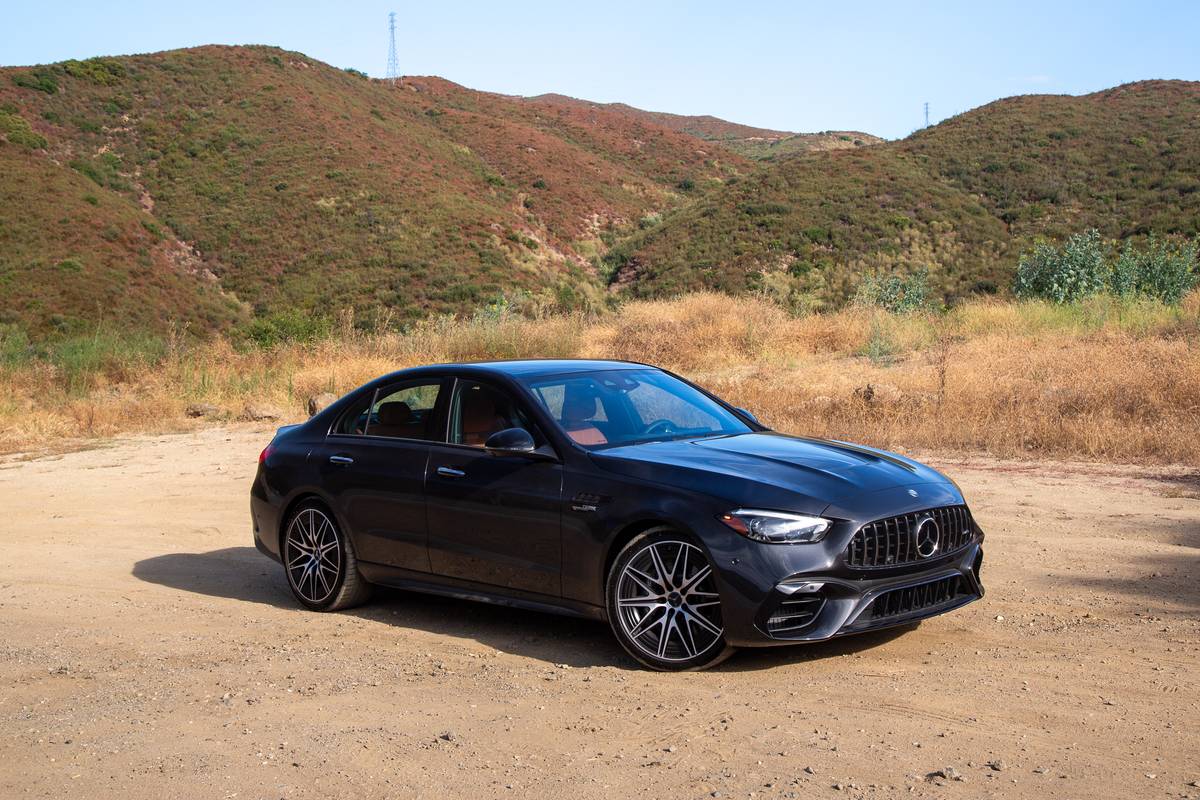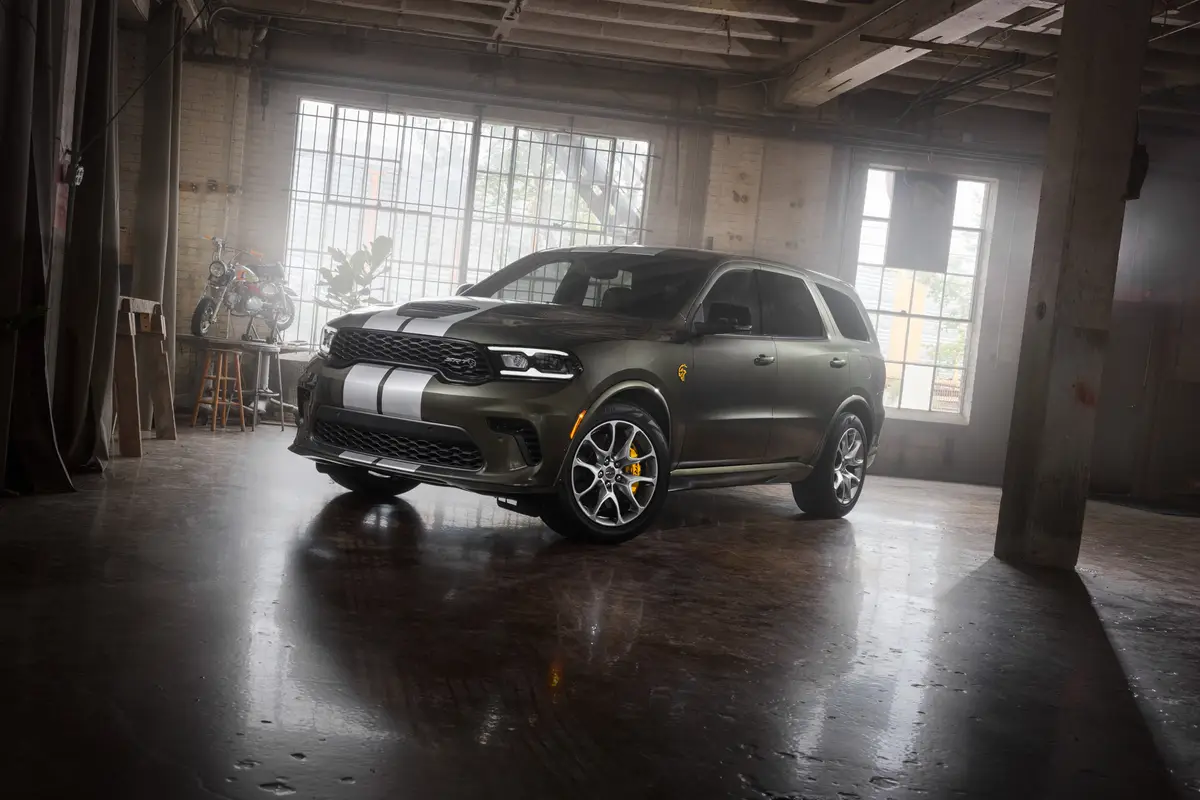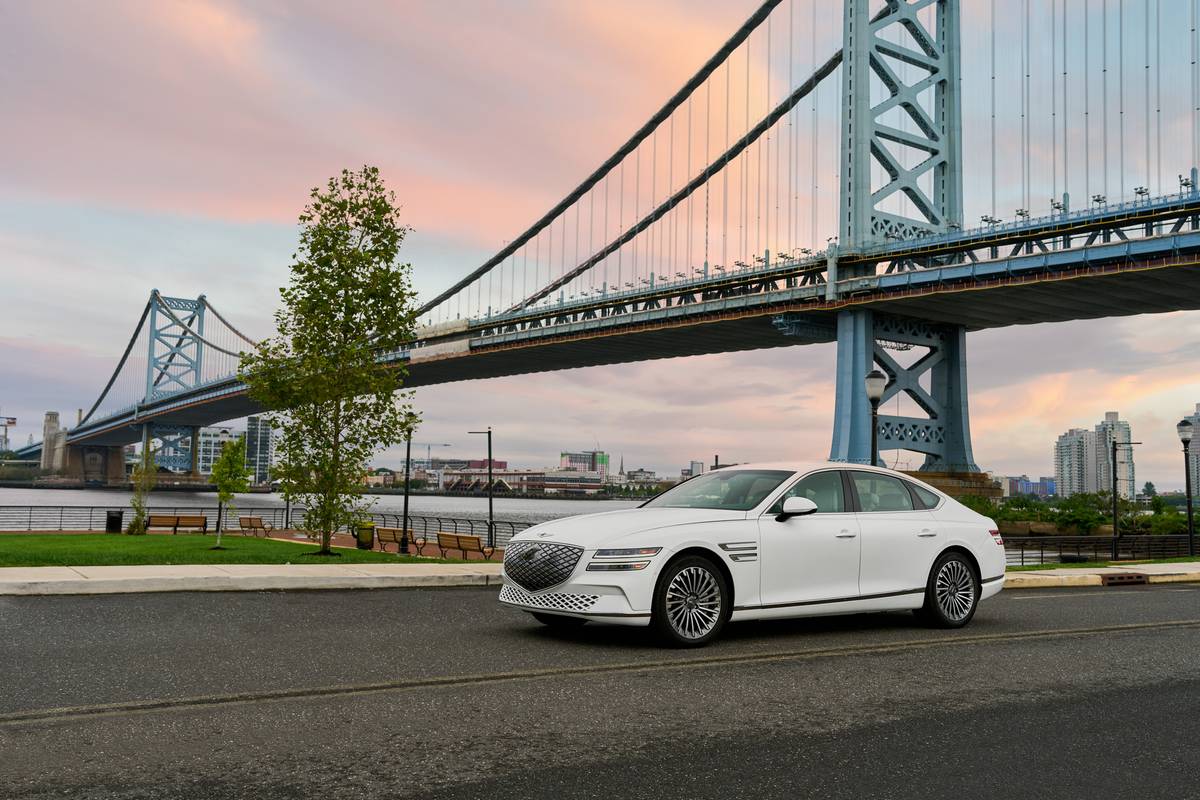washingtonpost.com's view
Reality changes when viewed through the prism of one’s needs. Take the matter of the 2000 Chevrolet Suburban 1500 Series.
Auto journalists were waiting for General Motors Corp., the Suburban’s maker, to upsize the thing. We journalists are like that. To us, news is a matter of contest, conflict, triumph and disaster. We need strife. We don’t do happy very well.
Thus, there was some media grumbling when GM introduced the newest Chevrolet Suburban. It was practically the same size as the predecessor model. We thought GM would make it as least as large as the Ford Excursion, which last year took away the Suburban’s title as the nation’s biggest sport-utility vehicle.
Where was GM’s pride? We wanted a fight, a chance to race to our computers and write something like “Suburban Trumps Excursion in Big Sport-Ute Battle.” But GM was having none of it.
Kurt Ritter, marketing general manager for Chevrolet, explained. “Suburban owners told us not to make it larger,” he said.
“They said it already was big enough to meet their transportation needs. They wanted us to make it more comfortable, more maneuverable.”
GM complied. The new Suburban got 25 percent more welds than the old model. That increased structural rigidity and reduced shake and rattle, which over time tends to affect heavy body-on-frame vehicles, such as the Suburban.
But it wasn’t the absence of extracurricular vibrations that attracted my attention during a week in the truck. After all, any new vehicle that can’t get through a week of rattle-free driving ought to be recalled.
What impressed me was the tightness of it all, a big, four-wheel-drive truck that did not feel like a truck. It was more like being in a large station wagon with a sports-tuned suspension, a ride and handling characteristic partly achieved by eliminating leaf springs in the rear.
In place of those metal leaves, GM installed coil springs as part of a new, five-link rear suspension system. An independent system with coil springs and torsion bar were put up front. The result is an amazingly smooth ride.
Comfort? Interior space has been rearranged, partly through the removal of the big spare tire from the cargo area. That tire now rides underneath the cargo floor. The upshot is more space for heads, legs and shoulders.
Also, the new Suburban comes with wider seats to better accommodate adult American bottoms. And the rear seat can now be folded and stowed, making unnecessary the onerous task of removing it from the truck altogether.
Of course, none of this will sway people who view all sport-utility vehicles with general opprobrium. That’s life. It’s easy to dismiss what you don’t need.
But talk to any long-term Suburban owner and you’re likely to get another story. Many of those people pull boats and recreational vehicle trailers. (They can use the new Suburban 1500 four -wheel-drive to pull up to 8,800 pounds.) Many live in Texas, where most Suburbans are sold, or they live in Central Florida, or along the Gulf Coast, where hitting the road in big rigs is a matter of culture.
Talk to those people. Most are decent, hard-working, nature-loving folks who happen to love their bigger-than-everything-except-the-Excursion Chevrolet Suburban trucks.
Nuts & Bolts
2000 Chevrolet Suburban 1500 Series Complaints: Nothing popped up to raise concerns during a week of driving — that is, excluding the hassle of trying to park the thing anywhere in downtown Washington, D.C.
Praise: Just an excellent large truck that’s a pleasure to drive, especially on long trips. It’s so comfortable, you actually feel rested at the end of a journey.
Ride, acceleration and handling: In all three areas, it’s easily among the best in the big-truck category.
Engine: The test truck was equi pped with GM’s 5.3-liter V-8 designed to produce 285 horsepower at 5,200 rpm and 325 pound-feet of torque at 4,000 rpm.
Layouts: Available in two-wheel-drive and tested rear-drive. Two-wheel drive makes more sense in mild-weather states, or if you have no intention of going off-road.
Capacities: Can carry seven people comfortably and can haul up to 138.4 cubic feet of cargo with middle and rear seats folded. Fuel capacity is 33 gallons of gas; regular unleaded recommended.
Mileage: About 17 miles per gallon in mostly highway driving.
Price: Base price on the tested 2000 Chevrolet Suburban 1500 4WD is $28,627. Dealer invoice price on base model is $25,049. Price as tested is $29,337, including a $710 destination charge. Options can cost as much as $11,000 more.
Purse-strings note: Compare with the Ford Excursion.
Latest news



